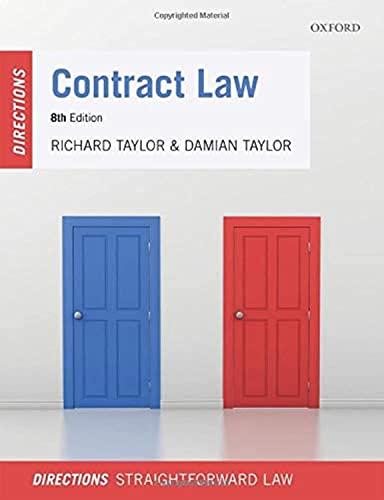Answered step by step
Verified Expert Solution
Question
1 Approved Answer
Exhibit 7.3 outlines the Major Procedural Steps in a Criminal Case (The Criminal Procedural Process). Discuss this process beginning from an arrest through to sentencing

Exhibit 7.3 outlines the Major Procedural Steps in a Criminal Case (The Criminal Procedural Process). Discuss this process beginning from an arrest through to sentencing and sentencing guidelines (their constitutionality and current use), including post conviction relief (use internet searches to augment this information if necessary). Technically, what is the LEGAL definition of an arrest? Actually, when has a person committed a crime?

Step by Step Solution
There are 3 Steps involved in it
Step: 1

Get Instant Access to Expert-Tailored Solutions
See step-by-step solutions with expert insights and AI powered tools for academic success
Step: 2

Step: 3

Ace Your Homework with AI
Get the answers you need in no time with our AI-driven, step-by-step assistance
Get Started


